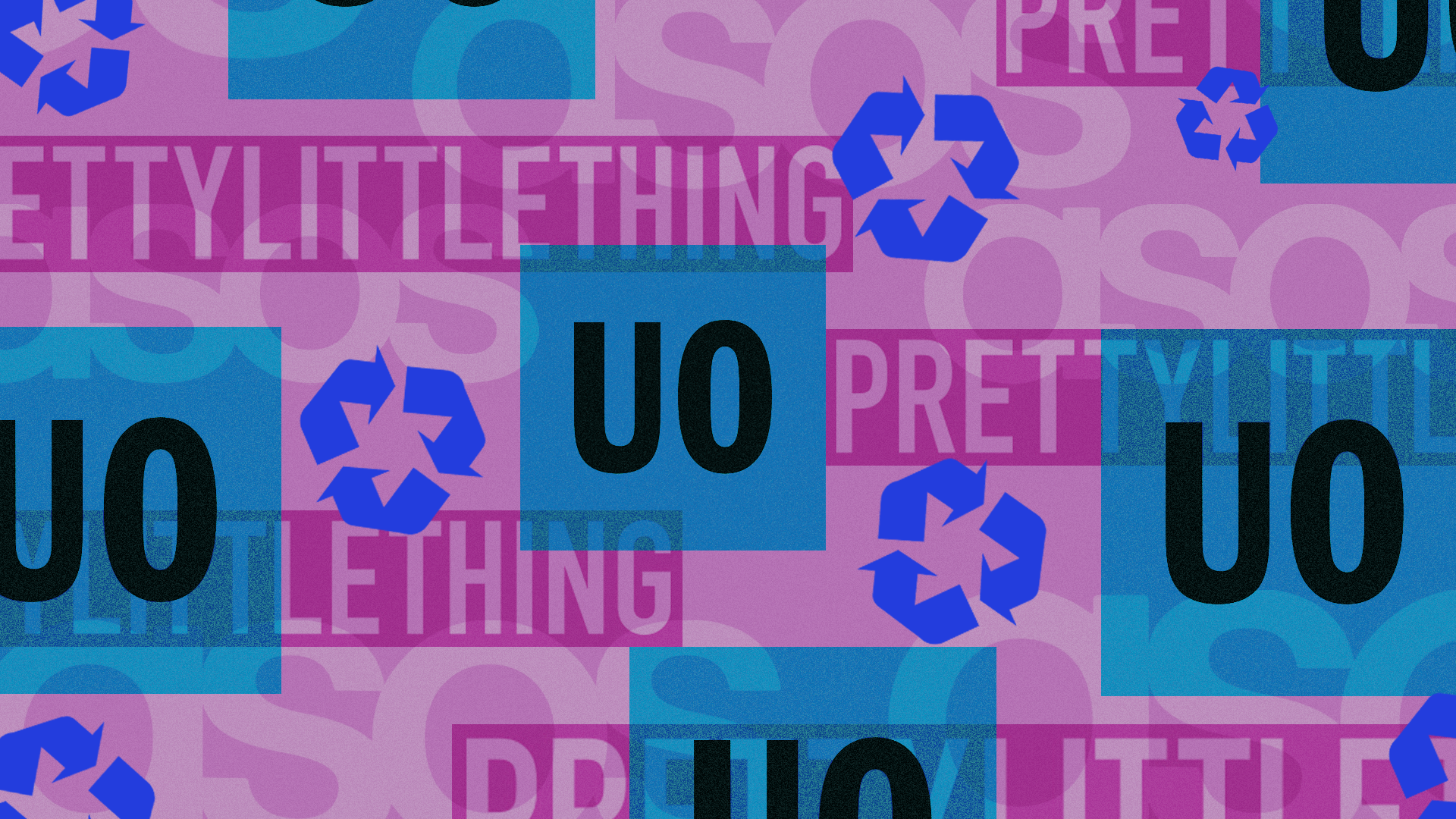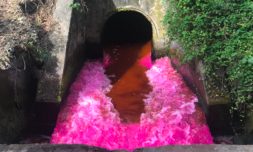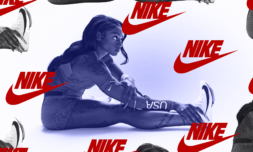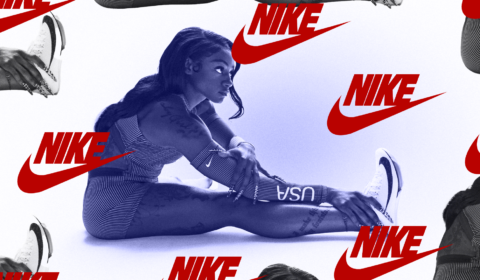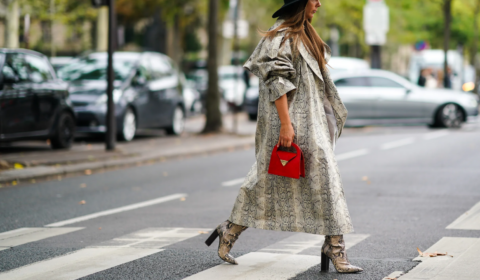While we should strive to give credit where it’s due, we should also recognise that the brands launching resale services are the same ones grasping at straws to market themselves as operating sustainably.
Offering these services presents an excellent opportunity for brands to shout about having a dedicated commitment to circular fashion without changing much else going on behind the scenes.
Experts agree that circular fashion is defined by the act of scaling down virgin clothing production which, in turn, minimises consumption. They also say mass-production of clothing should be replaced with services and behaviours that extend the use of garments as much as possible.
And while it may look like brands are doing something akin to this by launching resale sections on their websites, it would be naïve to believe that the fast fashion industry is truly halting business as usual.
Looking deeper, launching internal resale and rental services only generates another avenue of profit for a brand by creating a way to reacquire old stock. All this is done while continuing to generate the same number of new styles they always have.
There are a couple great examples of this.
Take ASOS Marketplace, for example, which was launched back in 2010. While the marketplace supports 900+ small independent businesses that sell items from vintage boutiques around the world, ASOS takes a 20 percent cut on items sold – something it graciously paused during the pandemic.
It’s rather nice of them, but we can’t forget that ASOS has acquired several brands in the meantime, including Topshop, Topman, and Miss Selfridge.
Though it continues to use its marketplace as an assertion of sustainability, ASOS has started to pump out a lot more new clothing compared to when it first started.
Following Urban Outfitters and H&M, the latest fast fashion retailer to join the pre-loved clothing scheme is PrettyLittleThing. This move has left many scratching their heads, myself included.
Having purchased from the retailed in my student days – I’ll never forget when the zipper broke on a top before I even put it on – I, like many, can’t help but wonder whether their notoriously poor-quality clothing is capable of withstanding multi/continued ownership.
Recently appointed PrettyLittleThing CEO Molly-Mae Hague is working overtime to transform the brand’s reputation from ‘throwaway fashion’ to clothing you can wear again and again. It will be no easy feat for the Love Island winning mogul, as the vast majority of PLT’s pieces are fashioned with synthetic, unnatural, and unrecyclable fibres.
And with the knowledge that 20,000 items are listed on the PLT site at any given time, it looks like any claim to sustainability remains laughable.
The infographic below indicates how many new items H&M, ZARA, Boohoo, and SHEIN added on their website this year and was published back in April. Assuming that production levels stayed the same, these figures have likely doubled by the month of September.
Fast-fashion brands are in a ‘damned if you do, damned if you don’t’ situation.
Because their entire corporate business model relies on the creation of cheap clothing made from even cheaper fabrics, any attempt to become eco-friendly that doesn’t include shutting factories forever will be obsolete.
Anna Brismar, who coined the term circular fashion in 2014, defines it as ‘clothes, shoes or accessories that are designed, sourced, produced and provided with the intention to be used and circulated responsibly and effectively in society for as long as possible in their most valuable form, and hereafter return safely to the biosphere when no longer of human use.’
I don’t see that fitting too well for any fast-fashion brand of the moment, whether it incorporates a resale section into their platform or not.
Do you?









